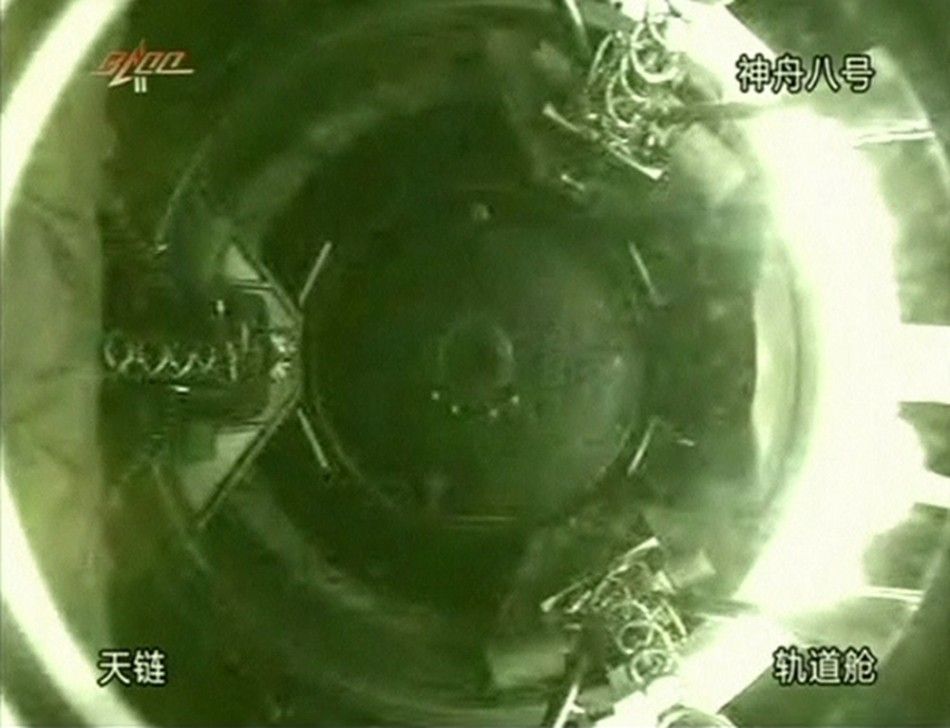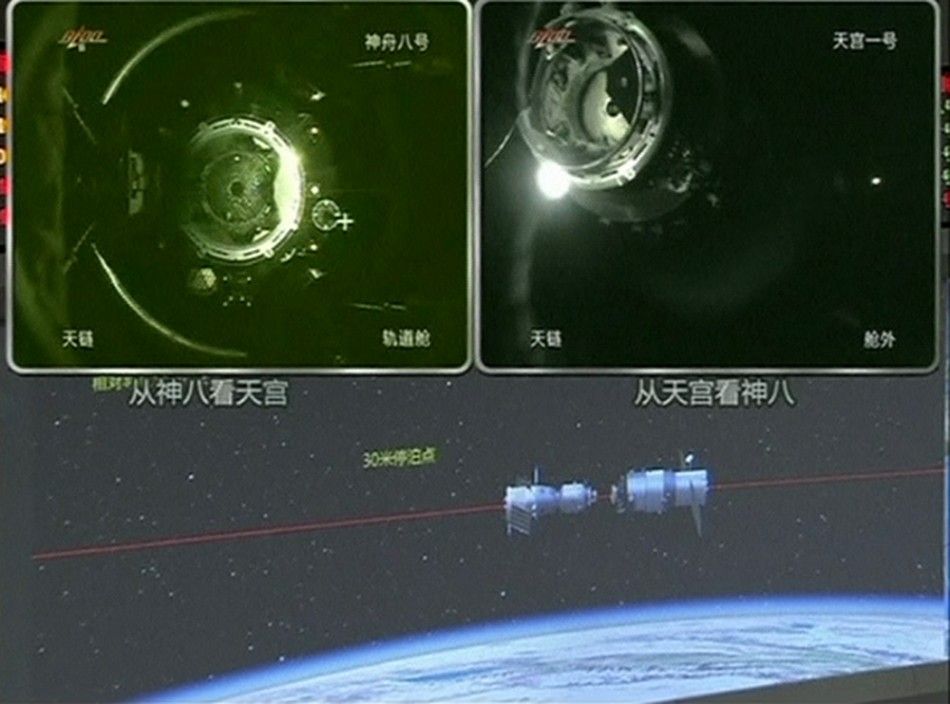Chinese Spacecraft Lands Safely; Trials for China's Own Space Station Succesful [VIDEO]
An unmanned Chinese spacecraft landed safely on earth, Thursday, after orbiting for more than two weeks in space, docking twice, Associated Press reported.
The Shenzhou 8 spacecraft landed on China’s western desert after it docked twice with the Tiangong 1 module, which remains in orbit, proving China’s capability of successful docking by remote control.
The docking mission is a part of its preliminary trial as China aims to launch its own space station by 2020. It will conduct two more space docking missions next year.
It represents a major breakthrough for our country's space rendezvous and docking technology program, Wang Zhaoyao, deputy director of the China Manned Space Engineering Office, said.
The 60-tonne Chinese space station is considerably smaller compared to the 400-tonne International Space Station (ISS), jointly operated by Russia, United States and 14 other countries.
However, China has ruled out the perception by saying that “its crafts could dock with the ISS and U.S. spacecrafts, only with minor adjustments,” AP reported.
China ventured into a separate space station program after being rejected in its several attempts to join ISS, mainly due to objections from its rival — United States, which is against sharing its prime technology with China.
However, China has made sturdy progress towards the space station since the 2003 launch, becoming the third nation to send a man walking in the space in 2008. China also has plans to launch a lunar rover by next year.


© Copyright IBTimes 2024. All rights reserved.





















